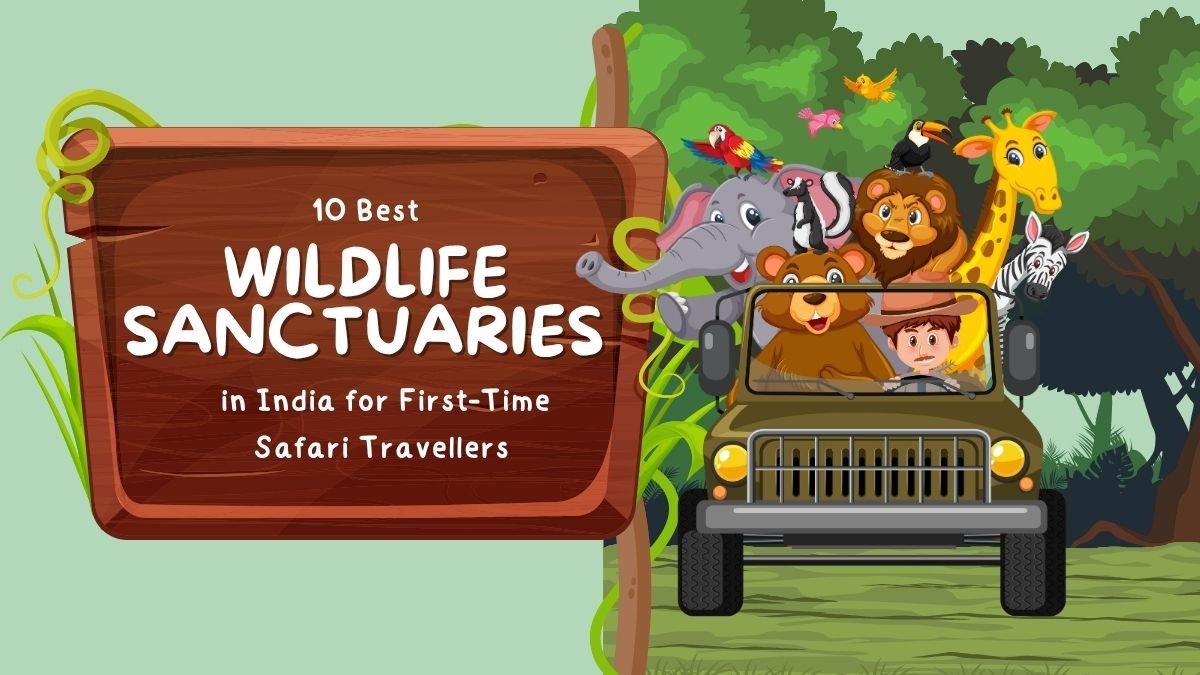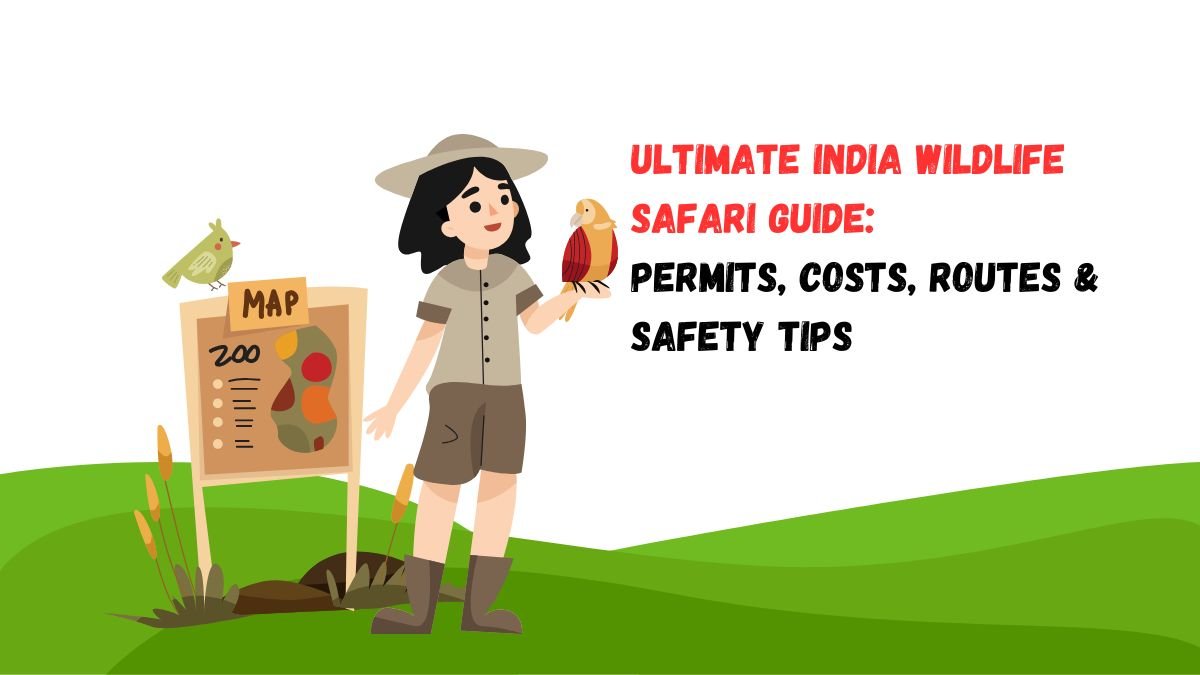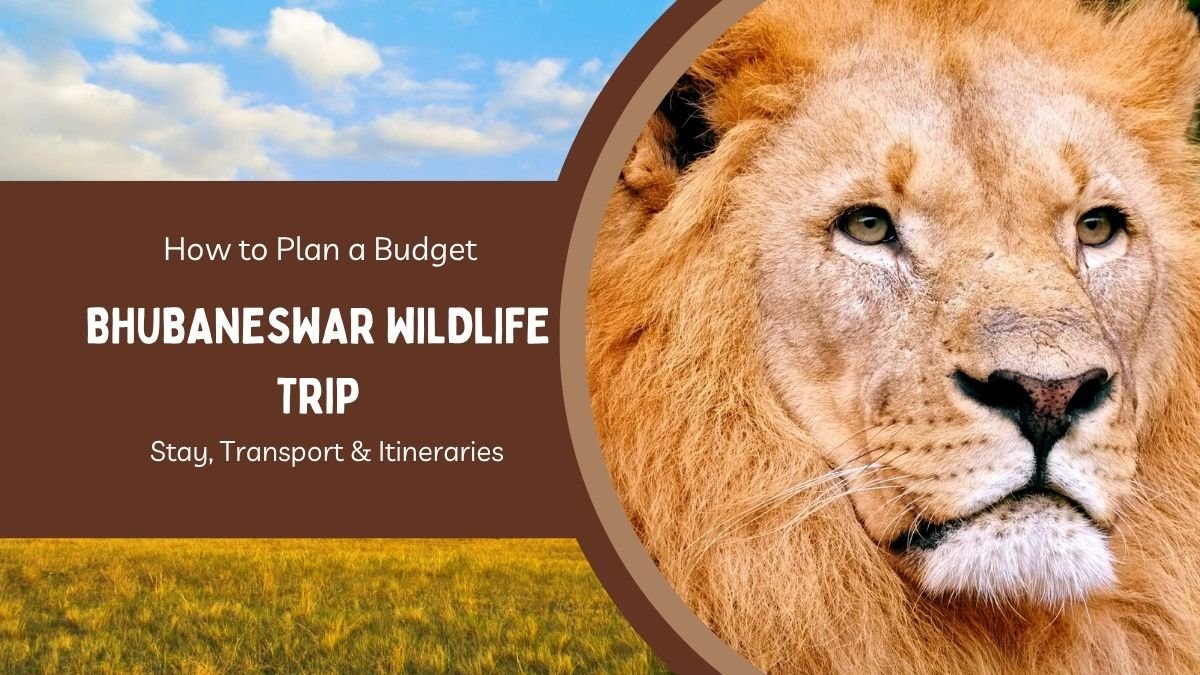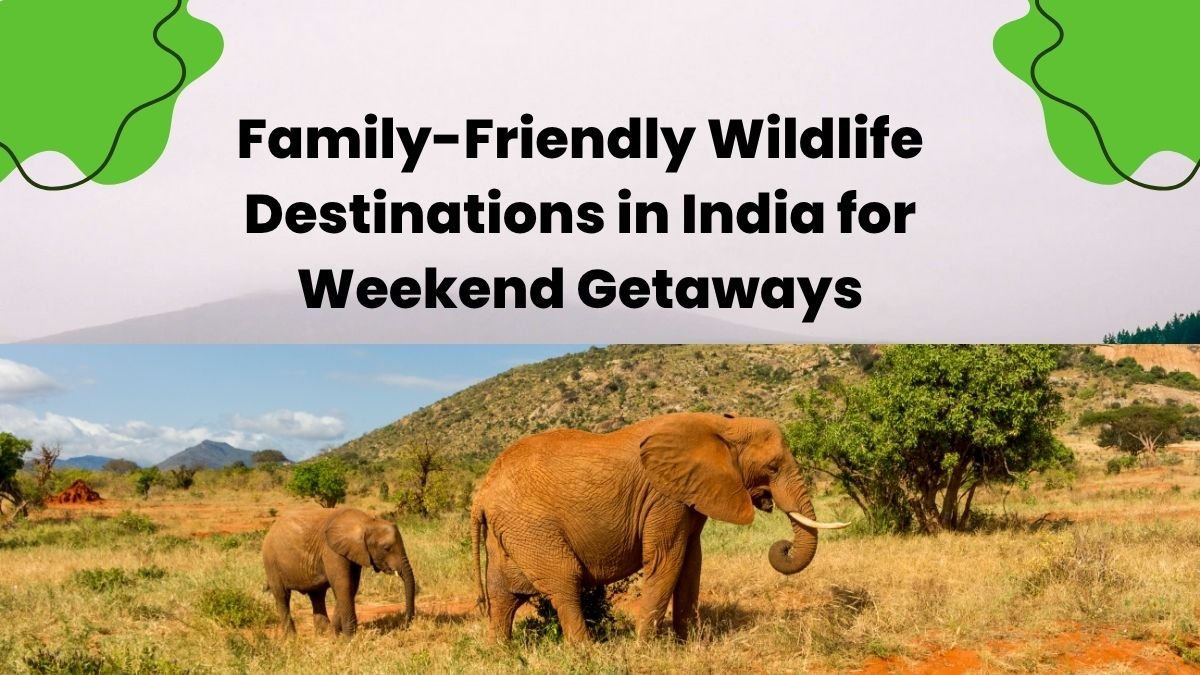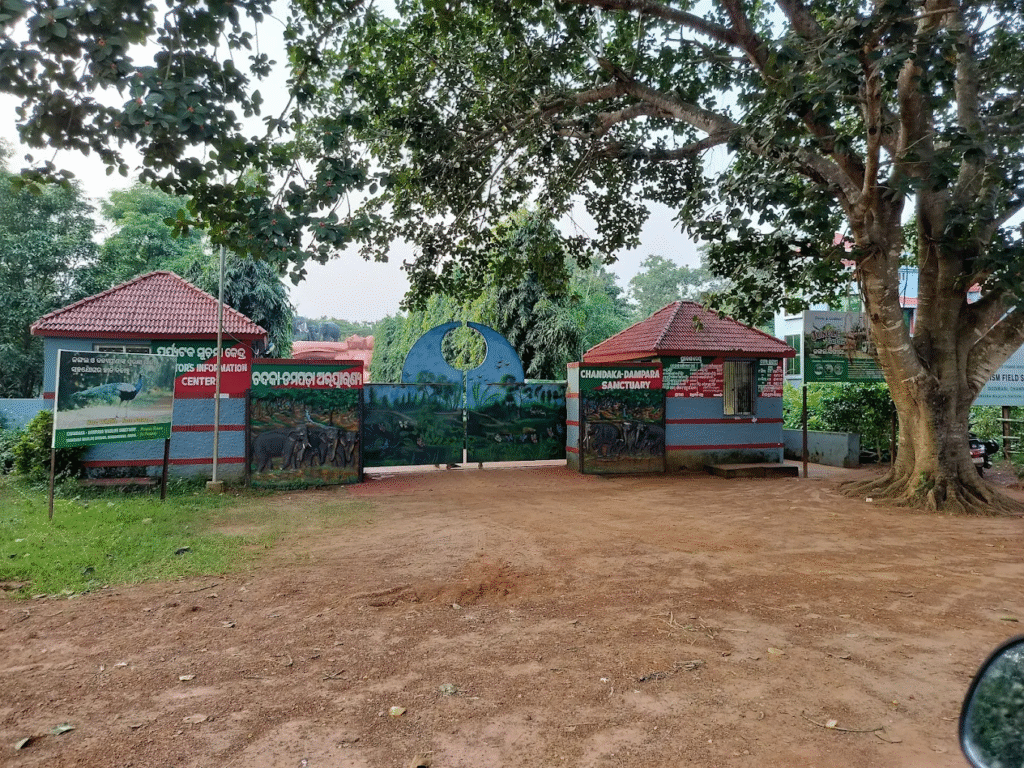
Barely 20 kilometres away a hustle and bustle of the capital of Odisha: Chandaka Dampada Wildlife Sanctuary. Covering 193 squar kilometer of dry deciduous forest, this green lung harbours Asiatic elephants, leopards, sloth bears, sambar, over 200 species of birds and skyscraper sal and bamboo groves. Dawn here comes as a symphony – peacock calls, rustling langurs, at a distance a trumpet-call of a tusker – and reminds you that veritable wilderness could flourish only a few steps away on the border of the metropolis.
—
Our Vision and Our Mission
Vision
We want to become an oasis, one that will be used as an example nationwide: people living here would obtain some jobs and status in this place of great biodiversity, and even the nature itself will play a protecting role and lower the risks of the climate crisis.
Mission
- Conservation – Anti-poaching patrolling through utilization of state of the art gadgets e.g. utilizing drone patrols or GIS mapping.
- Restoration More of the food land to the elephants and birds through plantation of plants such as bamboo, jamun, jackfruit, mahua to the dry dunes.
- Community Partnership – 31 forest protection committees and 30 eco-development committees are equally involved in this work.
- Inspiration – Jungle clubs in schools, evening stories under the deodar trees, live spotting on mobile apps, so that people of all ages connect with the forest.
- Innovation – Experiments like rubber-chair fence, bee boxes and solar-powered pulley fence to reduce human-elephant conflict.
—
Why is this sanctuary special? Some interesting examples
- Elephant Highway: When a group of ten-twelve elephants goes to drink water in the forest, a wide, sharp trail is formed behind them. The local guides call this path “Gaj Marg” and during monsoon this trail becomes very exciting for the tourists.
- Night Music Concert: If you stop near Deras Dam at around 8 pm in summer, then on one side you will hear the howl of a jackal, on the other side the ‘hoo-hoo’ of an owl somewhere far away and in between the dripping of water from the trees. This natural orchestra is the most spectacular concert without a ticket.
- Peacock Spring Dance: In February-March when fresh buds sprout on the Sal trees, the male peacock dances with his wings spread. Sometimes five-six peacocks can be seen dancing in the same grass field, and the photographer has a great time.
Such small experiences together make the entire journey memorable.
—
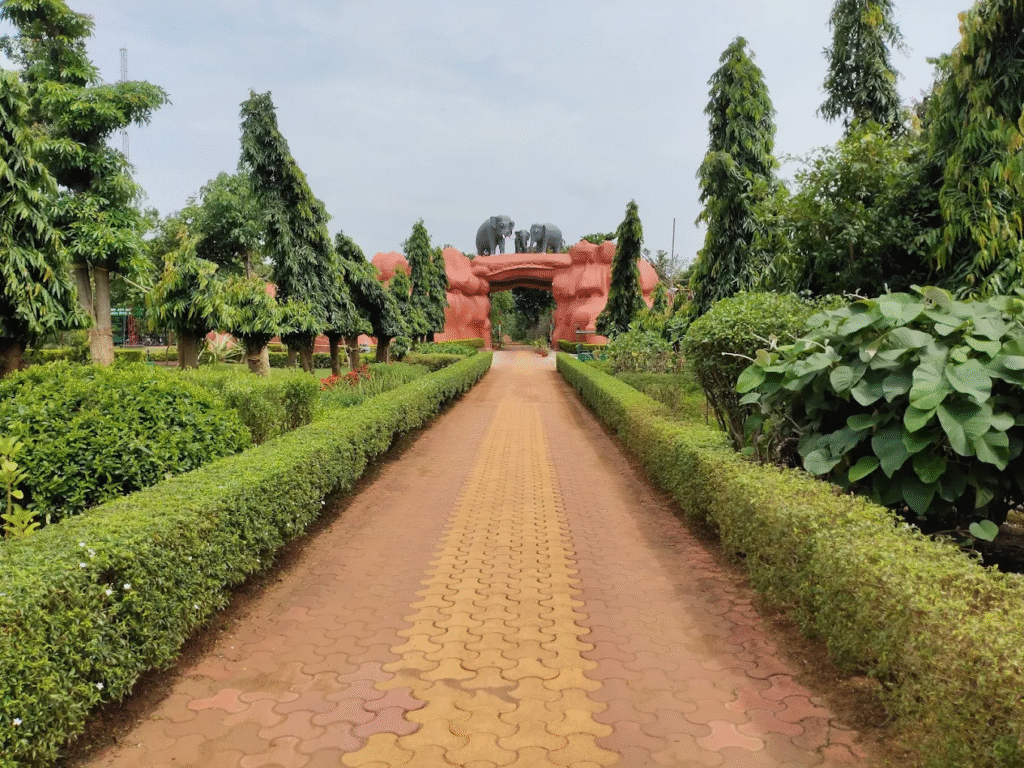
What can tourists see?
- Godibadi Watch Tower: At sunrise, elephants, sambar and langurs hopping around can be seen in the water-filled pits spread far and wide from here. The veranda built on top is safe and also gives a 360-degree view.
- Deras and Jhumka Nature Trail: A light jungle route of about six kilometers in which butterflies, small boards of medicinal plants and the mild fragrance of ripe chironji lingers in the air. It is not only informative for children, but even the elderly do not get tired because the route is not too uphill or downhill.
- Star Safari: This safari, which takes place every Friday to Sunday from 7 to 9 pm, is unique. The guide identifies the stars by turning off the headlights of the vehicle, then plays the sounds of wild cats and owls on the record player to show the “reaction” of the jungle. Sometimes a wild boar or mongoose appears.
- Cycle in the Sal: If you are a fitness enthusiast, then there is a twelve kilometer cycle loop in which the sun is less because the Sal trees cast their long and wide roof. The yellow leaves are spread on the path as if a golden carpet.
—
What are the accommodation options here?
- Deras Nature Camp – Two wooden cabins, calm reservoir in front, tall trees behind; electricity from solar energy, small deck to sit in the evening from where you can watch kingfishers diving.
- Hotels in Bhubaneswar – If you want a little luxury, then you will find five or three star hotels in the city; if you leave early in the morning by taxi, you will reach the gate in half an hour.
- Village Homestay – A homestay program has just started in three nearby villages where you get Odia-style breakfast—poha-cheeda, pitha, palm jaggery—and a small folk song program in the evening. This provides direct economic benefit to the villagers.
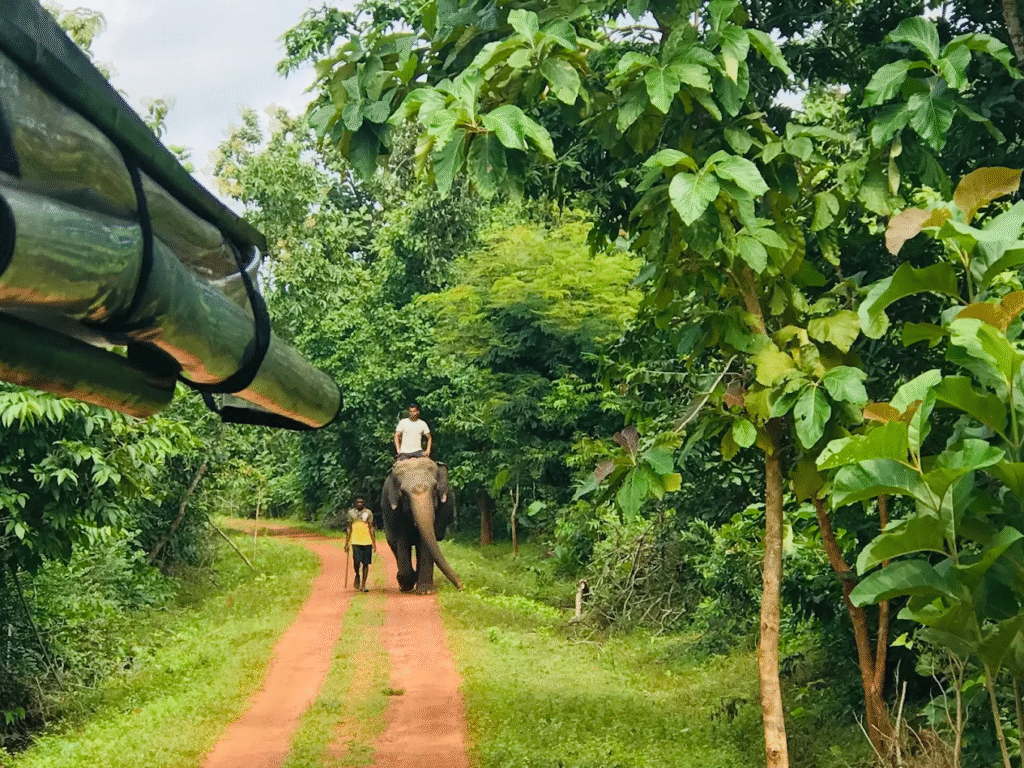
Coexistence with Elephants: Challenges and Solutions
In many parts of Odisha, farmers are troubled by elephant raids on crops. Chandaka-Dampada has adopted some innovations in the last few years:
- Solar-Power Fence:There is a provision of mild electric shocks in the 135 km long fence, due to which the elephant turns away but does not get hurt. At night, this fence glows with blue light and animals can sense it from a distance.
- Bee Box: Scientists have found that elephants are afraid of the buzzing of bees. Therefore, boxes with bee hives have been installed on the boundaries of sensitive fields. The benefit is double—elephants stay away and farmers earn from honey.
- SMS Alert: By collecting the data of elephant movement in every season, mobile messages are sent in advance to the potential villagers—“Elephants can be active in Jhumka range from 10 pm tonight to 4 am, please be careful.”
Due to these measures, cases of crop loss have reduced by about forty percent in the last five years.
—
Guidelines that keep both you and the wildlife safe
- Keep your voice low; Loud noise increases the danger to the nests of birds.
- Keep a distance of at least fifty meters from wildlife; taking mobile selfies close by can stress the animals.
- Take back plastic packets, wrappers of chips with you; crows or deer may eat a plastic bag lying on the ground and fall ill.
- Do not play music; artificial sound disturbs natural activities in the silent world of the forest.
- Do not leave the path; sometimes snakes hide in the leaves, it is better to avoid unwanted risks.
Breaking these rules can lead to fines or legal action under the Indian Wildlife Protection Act 1972.
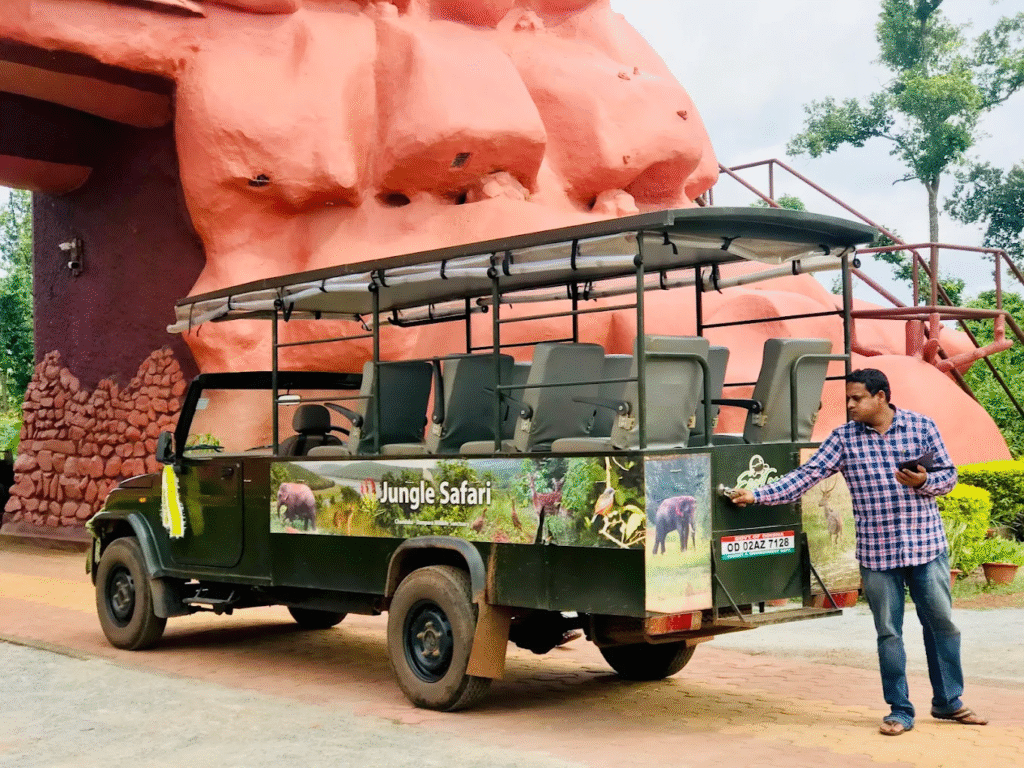
Development journey of the sanctuary – some memorable milestones
- 1982 – Officially declared a sanctuary, elephants got legal protection.
- 2011 – The ten-year management plan made the direction of both conservation and tourism clear.
- 2022 – 1,382 stone pillars installed for boundary survey; Significant reduction in encroachment.
- 2024 – First community eco-shop opened in Godibari; Rs 18 lakh income in a year went to local self-help groups.
- 2025 – Successful rehabilitation of 100 families; 120 hectares of area could be converted into forest.
Behind every milestone is the hard work of forest workers, cooperation of local villagers and guidance of scientists.
—
How to reach?
- Airport/Railway Station: About 20 kilometers from Bhubaneswar; taxi fare is about six to eight hundred rupees and time is half an hour.
- National Highway 16: Touches the southern border while moving from Khandagiri towards Katenai; if you have a private vehicle, search “Chandaka Godibari Gate” on Google Map.
- Bus Service: City bus number 23A runs every hour in a day and drops you near Godibari Gate. Auto-rickshaws are also available, but fix the fare.
—
Contact –
DFO (Wildlife), Chandaka-Dampada, Godibari Interpretation Centre, Bhubaneswar – 751013, Odisha
Phone: 0674-2599000
Email: dfocd-wl@gmail.com
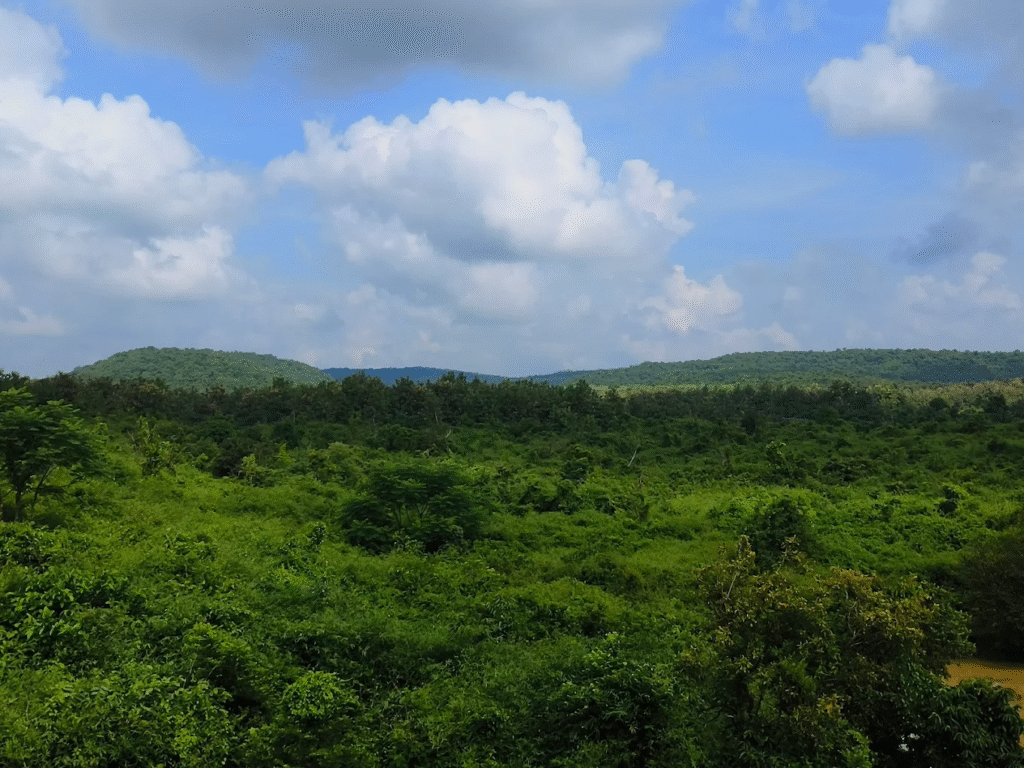
—
Last thing – Dedicate your next vacation to greenery
Today, when the level of pollution is increasing in the metros, the importance of green places like Chandaka-Dampada increases even more. By coming here, you not only refresh yourself, but also make a positive contribution to the lives of elephants, leopards and hundreds of birds. Remember, the forest is not an “obstacle to development” for us, but a “guarantee of life”. Next time when you plan a vacation, add this sanctuary to the list along with beaches, malls and mountains. MaybeOne morning you are sitting here and a whole group of elephants passes by you in a calm and peaceful manner – this is the moment that stays in the heart not through photographs but through experience.
So we will meet again in the green corridors of Chandaka-Dampada, where nature smiles openly and every trail tells a new story!
